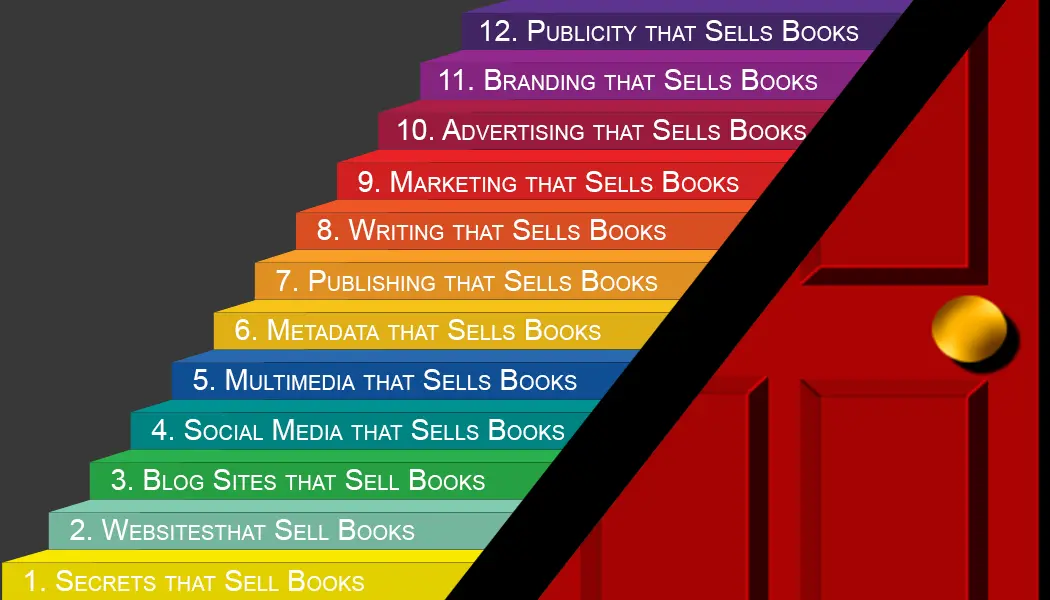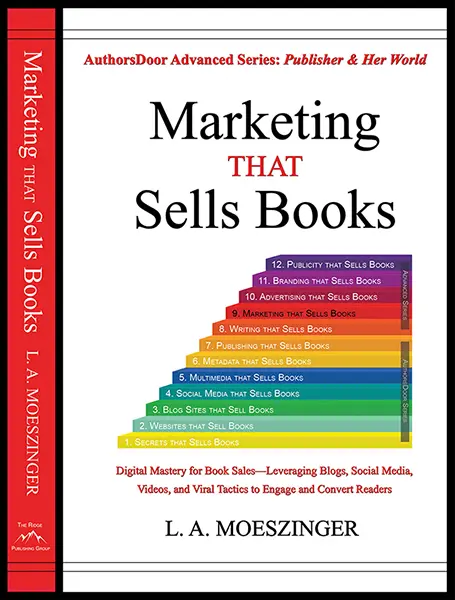Creating a marketing plan is a critical step for any business looking to promote its products or services effectively and drive sustainable growth. This comprehensive document outlines a strategic approach to attracting and retaining customers through deliberate and well-thought-out marketing actions. Below is a detailed walkthrough of each step involved in crafting a successful marketing plan.
Comprehensive Market Research and Analysis
Initial Market Research: Begin by immersing yourself in extensive market research. Collect and analyze data to understand the industry trends, competitive landscape, and regulatory environment. Utilize both primary and secondary research to gather qualitative and quantitative data that informs your strategy.
Customer Insights: Delve deep into understanding your target market. Develop detailed customer profiles or personas that describe your ideal customers’ demographics, psychographics, purchasing behaviors, and motivations. This step is crucial as it influences all subsequent marketing decisions.
Clear Definition of Marketing Objectives
Goal Setting: Define clear, concrete marketing objectives using the SMART criteria (Specific, Measurable, Achievable, Relevant, and Time-bound). These goals might include increasing market penetration, enhancing customer loyalty, improving brand recognition, or achieving specific sales targets.
Vision and Mission Alignment: Ensure that your marketing objectives align with your company’s overall vision and mission. This alignment helps in maintaining consistency across all business activities and enhances the corporate identity and culture.
Strategic Marketing Decisions
Segmentation and Targeting: Segment the market based on relevant criteria such as demographic, geographic, behavioral, and psychographic characteristics. Select target segments that best align with your business’s strengths and where you can offer the most value.
Unique Selling Proposition (USP) Development: Clearly articulate your USP. This involves identifying a feature or benefit that makes your offering unique compared to the competition. A strong USP can significantly enhance your competitive advantage.
Positioning Strategy: Define your brand’s positioning statement. This statement should succinctly describe how you want your brand to be perceived relative to competitors in the industry by the target market. It sets the tone for all marketing communications and strategies.
Detailed Tactical Planning for the Marketing Mix
Product Strategies: Detail your product offerings including features, benefits, product lifecycle considerations, and any potential for future development. Ensure that your product strategy meets the needs and expectations of your target market.
Pricing Strategies: Develop a comprehensive pricing strategy that considers cost, competitive pricing, perceived value, and market demand. This strategy should also consider pricing tactics such as discounts, bundles, and premium pricing for new product launches.
Promotion Strategies: Plan and coordinate various promotional activities to reach your target audience. This includes advertising, direct marketing, public relations, digital marketing, and sales promotions. Each promotional plan should specify the channels to be used, the campaign’s creative approach, timing, and budget.
Place (Distribution) Strategies: Establish how and where customers will buy your products or services. Decide whether to use direct channels, intermediaries, or a combination of both. Consider online and offline distribution channels to maximize product availability and convenience for customers.
Budgeting, Resource Allocation, and Scheduling
Budget Preparation: Allocate a budget for each element of the marketing mix. This budget should be detailed and align with the expected return on investment (ROI).
Resource Management: Assign roles and responsibilities to team members. Ensure that every task in the marketing plan is covered by a team member with the right skills and experience.
Timeline Development: Create a detailed timeline for all marketing activities. This schedule should include key milestones, deadlines, and the sequencing of marketing efforts to ensure a coherent deployment of resources.
Monitoring, Evaluation, and Adjustment
Performance Monitoring: Establish metrics and KPIs to measure the success of marketing activities against the objectives set. Regularly monitor these metrics to evaluate performance and identify areas for improvement.
Feedback Integration: Implement mechanisms to gather feedback from customers and other stakeholders. Use this feedback to refine marketing strategies and adapt to changes in market conditions or customer preferences.
Developing a Marketing Plan: A Detailed Strategic Frameworks
Developing a marketing plan is a dynamic and iterative process that requires detailed analysis, strategic thinking, and precise execution. By following these steps, businesses can create effective marketing plans that not only reach their target audience but also drive meaningful engagement and sales. A well-executed marketing plan becomes a vital tool in navigating the complexities of the market and ensuring long-term business success.
_________________________________
Related Entries:
Strategic Writing Plan: A Detailed Roadmap for Writers
Related Topics
Visit our website at www.AuthorsDoor.com and our blog site at www.AuthorsRedDoor.com as you continue your author-publisher journey.


